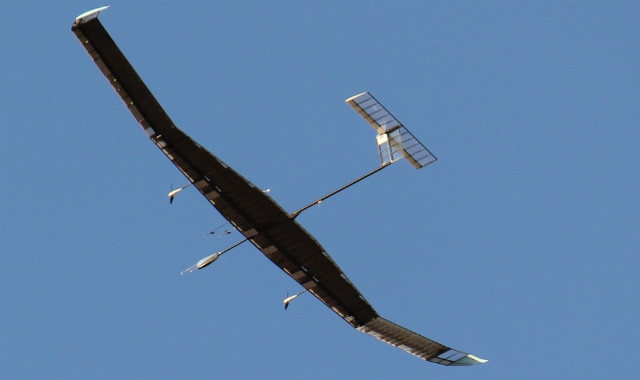The US Army Futures Command, a new group leading the service’s modernization efforts, is enthusiastic about using high-altitude unmanned air vehicles for a variety of missions, including as communications hubs.
Willie Nelson, director of the US Army Futures Command’s assured positioning, navigation and timing cross-functional team, said he traveled to the United Kingdom to visit Airbus, the manufacturer of the Zephyr, a high-altitude UAV. In July, Zephyr set the world record for flight endurance in July after staying aloft using solar cells for 25 days 23h 57min. The aircraft flies as high as 74,000ft during the daytime.
“I think they are an incredible capability that we should continue to invest [science and technology] dollars into research and development,” he says. “The British, the Zephyr programme, I think there is a tremendous opportunity to partner with them.”
The UK Ministry of Defence has three Zephyr UAVs on order.

Zephyr UAV Credit: Airbus
The US Army lacks a funded programme to acquire high-altitude UAVs, but is surveying a variety of high altitude platforms, also called pseudosatellites, including Google's Project Loon, a high-altitude balloon, says Nelson. Other companies developing high-altitude UAVs include BAE Systems and AeroVironment.
High-altitude UAVs have recently become practical for the US Army not only because of their ability to fly for weeks without landing, but also due to the shrinking size of communications equipment, says Nelson.
“Their biggest limiting factor, quite frankly, is there weight [capacity]” he says. “With the advent of software defined radios and a lot of things we are able to get kit down very small and the weight is decreasing measurably.”
In addition to communications equipment platforms, high-altitude UAVs could be used to carry positioning, navigation and timing electronics and intelligence, surveillance, and reconnaissance sensors, he says.
Source: FlightGlobal.com





























